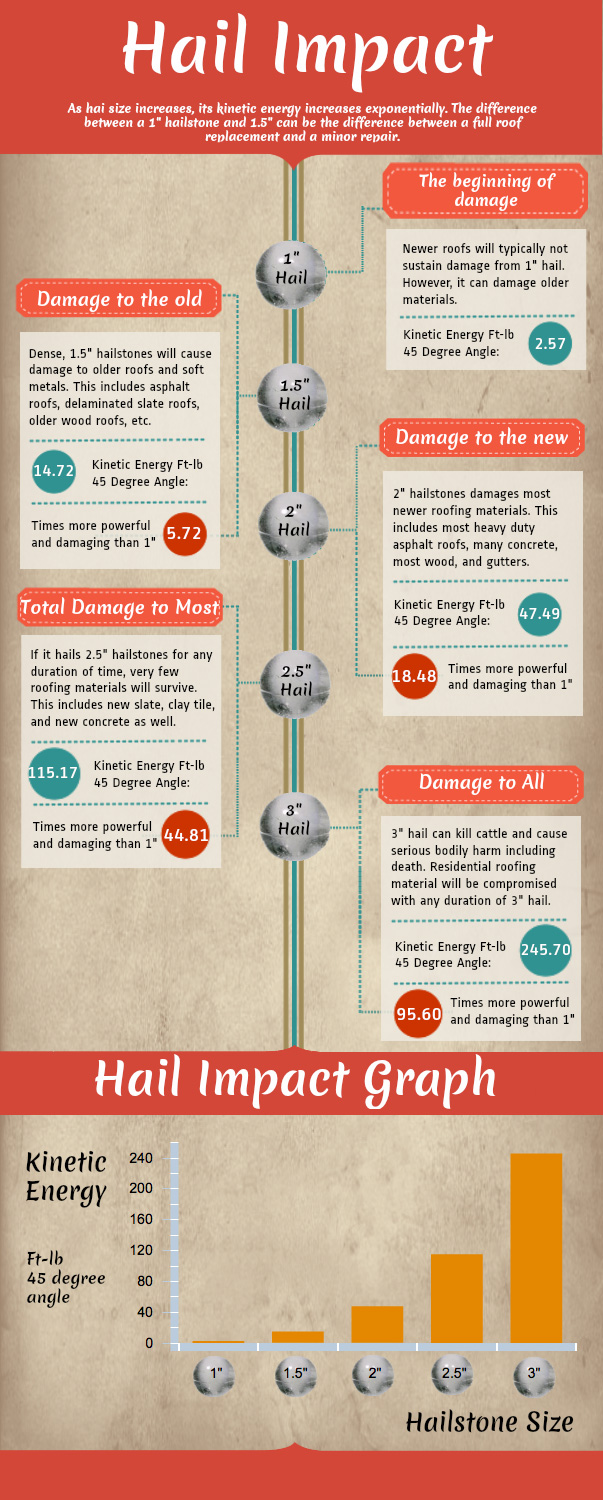Exploring The Costs Of Solar Energy Systems: Is It A Sound Financial Investment Option?
Exploring The Costs Of Solar Energy Systems: Is It A Sound Financial Investment Option?
Blog Article
Material Develop By-Gade Larsen
When taking into consideration the costs of solar installment, you might question the in advance investment needed and whether it straightens with the possible long-term advantages. Comprehending the ins and outs of these costs and the numerous factors influencing the total return can clarify the value proposal of transitioning to solar power. By reviewing both the initial configuration expenses and the projected financial savings gradually, you can get understanding into whether the financial investment in solar installation holds assurance for your monetary future.
Initial Arrangement Expenses
When thinking about the expenses of solar installation, the first setup expenditures play a vital function in your decision-making process. These upfront prices include the price of photovoltaic panels, inverters, installing tools, and setup labor.
The price of photovoltaic panels can vary depending upon the brand name, performance, and dimension you pick. Inverters are vital for converting the sunlight's power into functional electrical power and be available in different types such as string inverters, microinverters, and power optimizers, each with its own price ramifications.
Placing tools, such as racks and rails, is required to securely install solar panels on your roofing system or building.
The installment labor cost covers the specialist installation of the solar system, guaranteeing that every little thing is established correctly and successfully. Bear in mind that while these initial setup expenses may seem high, there are typically discounts, tax obligation rewards, and funding options readily available to assist offset the expenses and make solar setup more cost effective in the future.
Long-Term Cost Savings Analysis
To recognize the economic advantages of solar installment over time, it's important to carry out a detailed long-lasting cost savings evaluation. While the first configuration expenditures of photovoltaic panels might appear challenging, the lasting financial savings can outweigh these costs significantly. By using the power of the sunlight to generate electrical energy for your home, you can potentially conserve countless bucks on your energy costs over the lifespan of your planetary system.
Among the vital variables to consider in a long-term cost savings evaluation is the reduction in your power expenses. With solar panels, you can generate your electricity, decreasing or even eliminating your reliance on the grid. solar energy installations can lead to considerable savings, especially as energy rates continue to increase.
Furthermore, lots of governments provide motivations such as tax obligation credit reports and discounts for installing photovoltaic panels, further improving your long-lasting financial savings. By benefiting from these incentives and optimizing your solar power production, you can appreciate considerable monetary benefits for several years ahead.
Return on Investment Computation
Thinking about the financial advantages of solar setup, it's time to evaluate the Return on Investment (ROI) estimation. Identifying home solar panel installation entails comparing the overall expenses of installing a planetary system with the monetary benefits it creates over its life-span.
To calculate ROI, separate the net make money from the system by the complete investment expense and increase by 100 to obtain a portion. The ROI formula is: (Web Profit/ Overall Financial Investment Expense) x 100.
As an example, if the total cost of setting up a planetary system is $20,000, and over its lifespan, it creates savings and incomes totaling $30,000, the web earnings would be $10,000. Splitting this by the overall investment expense of $20,000 offers a ratio of 0.5. Increasing this by 100 supplies an ROI of 50%.
Normally, a greater ROI suggests a much more financially gratifying investment. Elements like federal government motivations, upkeep expenses, and power rate fluctuations can influence the ROI of solar installments. Understanding the ROI aids in assessing whether investing in solar energy is worth it over time.
Final thought
Finally, comprehending the expenses of solar setup is crucial for identifying if it is worth the financial investment. By thinking about genius , carrying out a lasting financial savings analysis, and calculating the return on investment, you can make an informed choice concerning the financial value of solar power. With the potential for lowered utility expenses and raised energy freedom, purchasing solar installment can be a clever choice for both your pocketbook and the environment.
